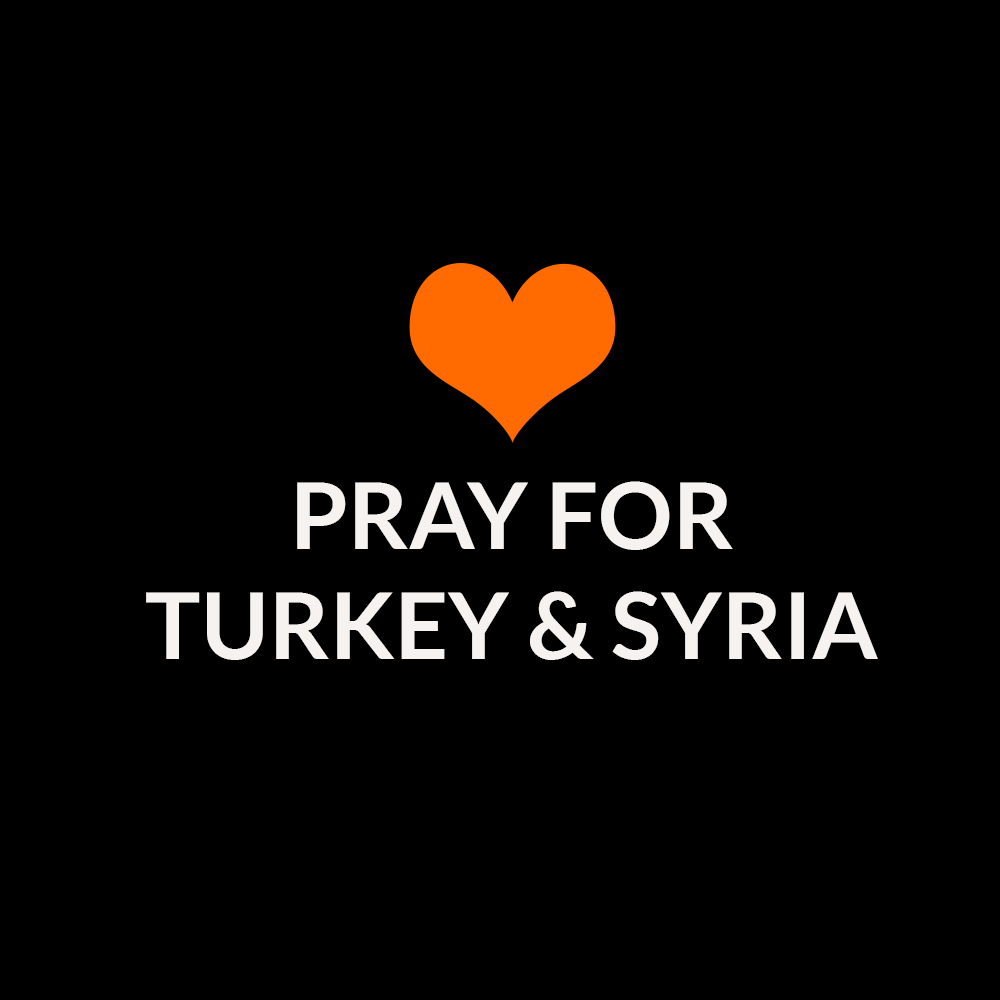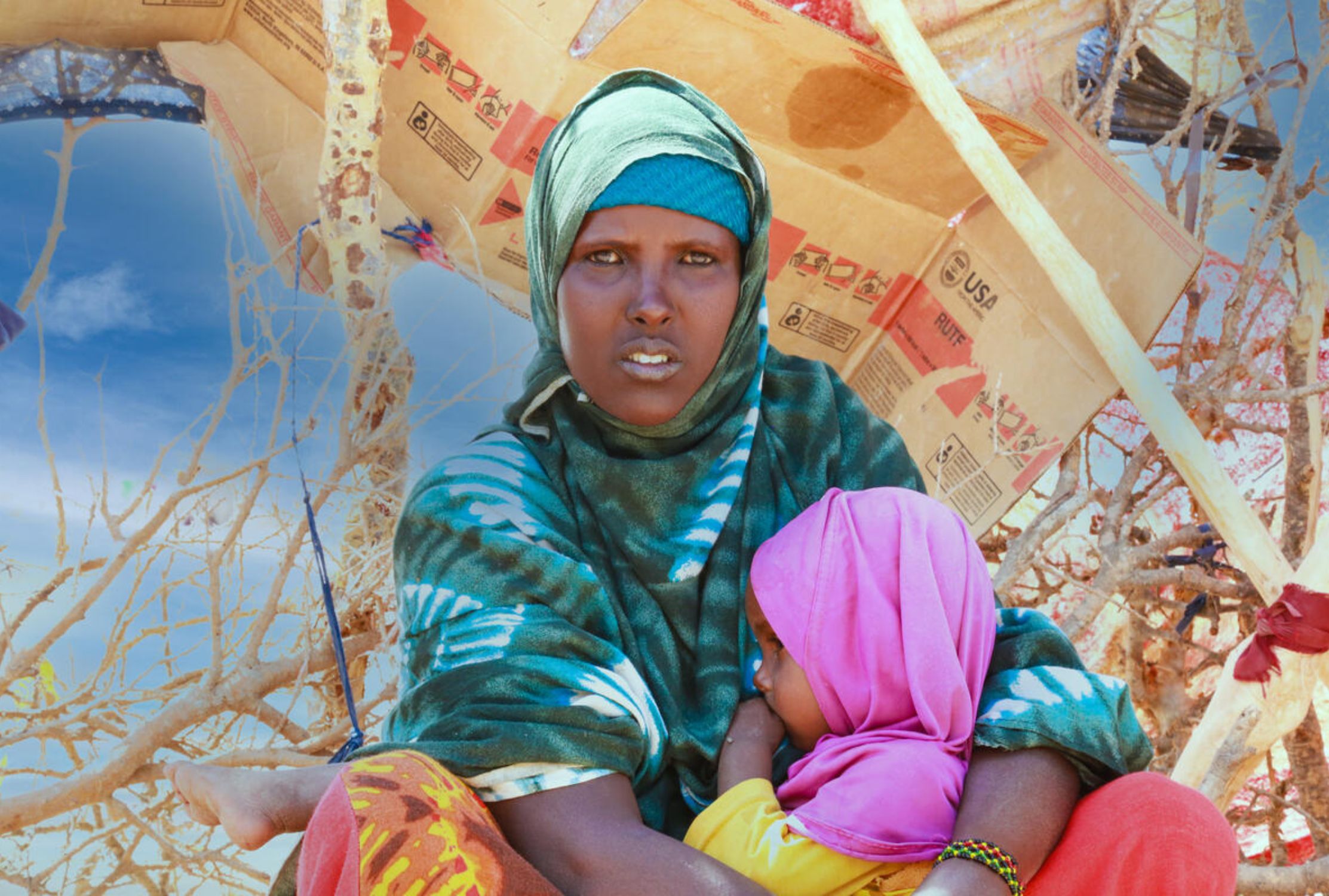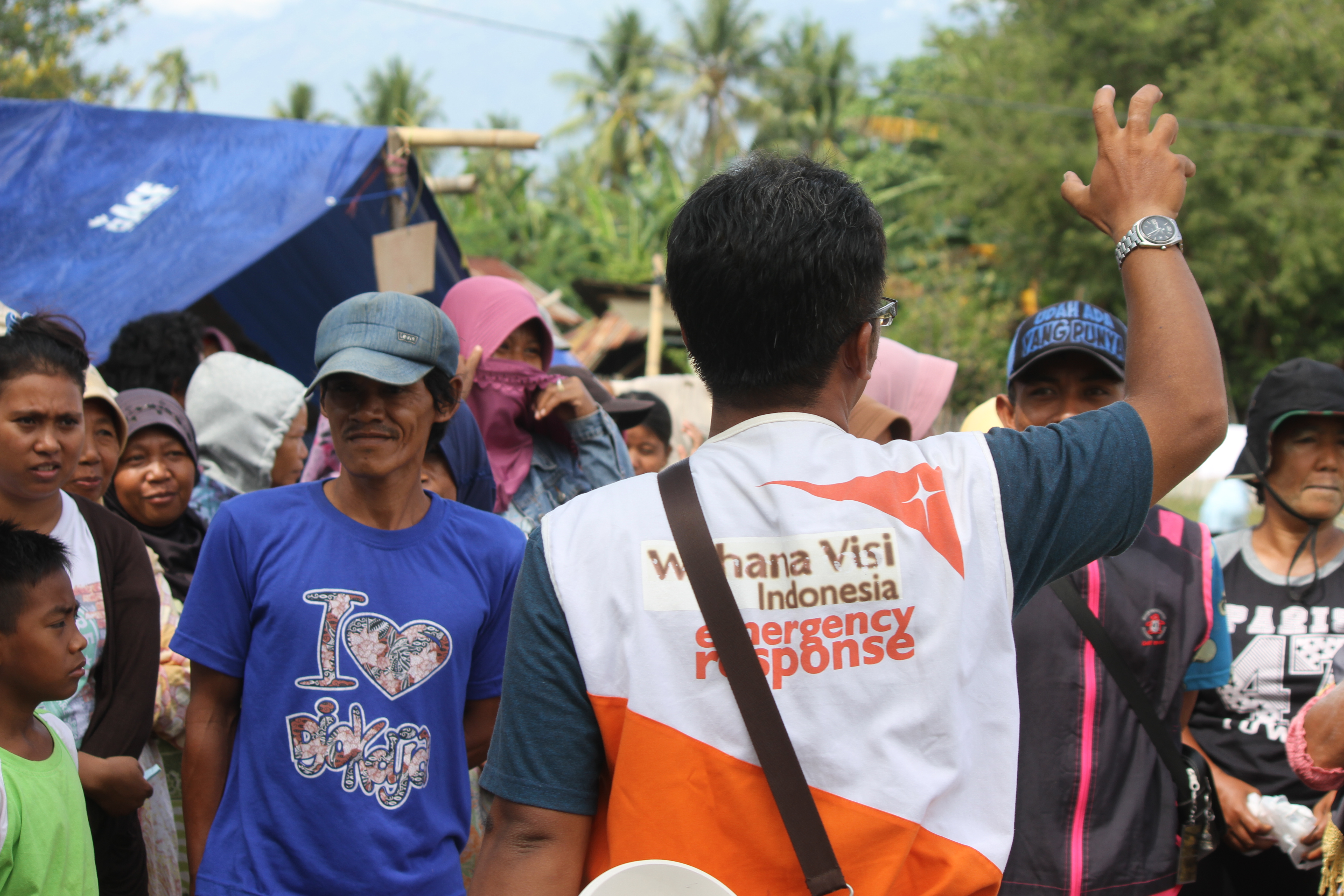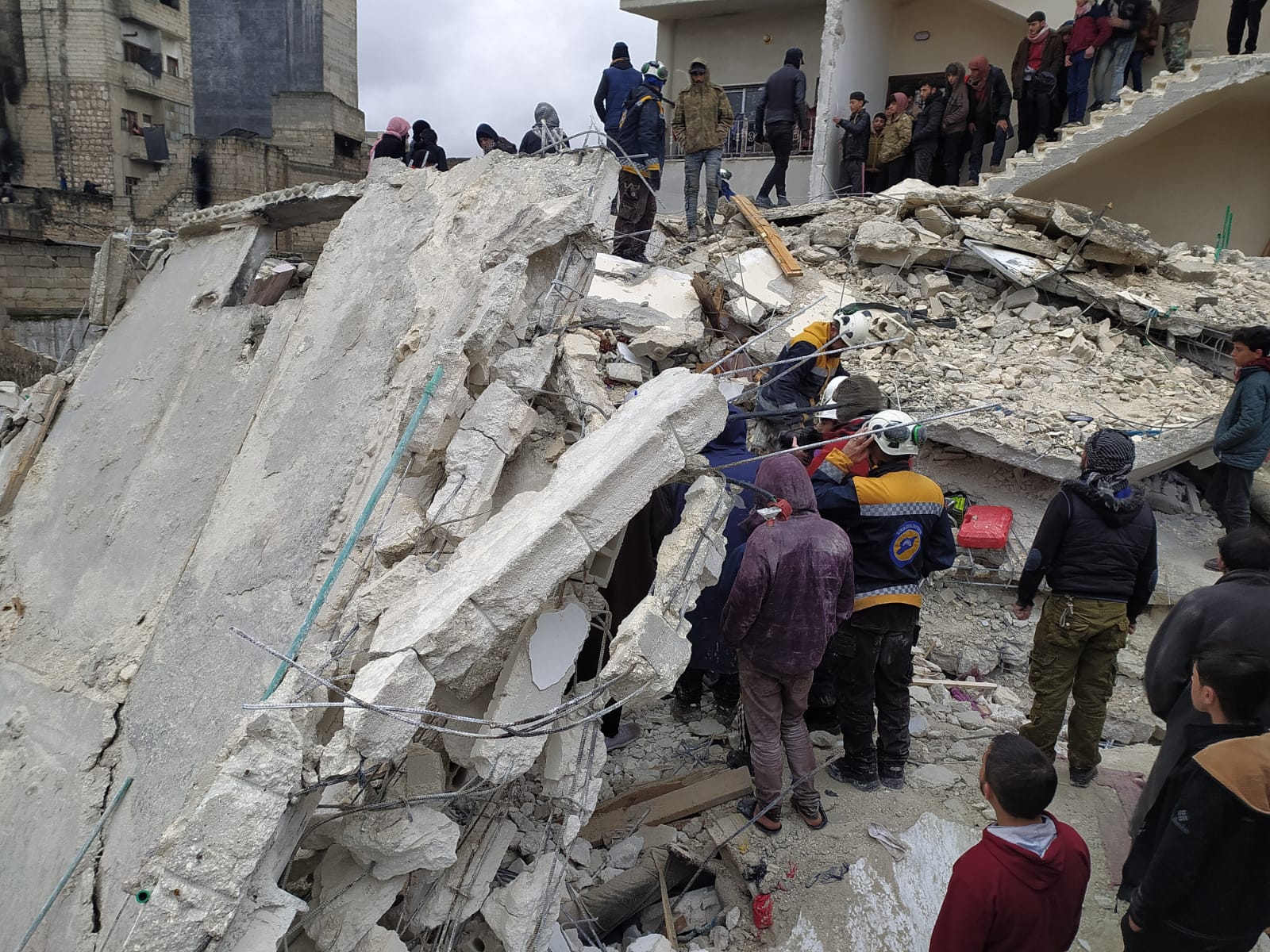
What’s happening in Turkey & Syria?
Everything you need to know about the earthquake in Turkey and Syria
Two devastating earthquakes of magnitude 7.8 and 7.5 have hit parts of Turkey (officially the Republic of Türkiye) and Syria, toppling buildings and killing several thousand people. Thousands more were injured in the earthquakes, which struck while people were sleeping.
The first earthquake was the strongest to hit the region in the last century, leaving people homeless during the coldest month of the year. Frantic search and rescue efforts are underway to uncover people trapped under flattened buildings. At least 8,000 people have been rescued from debris in Turkey with 380,000 taking refuge in shelters and many are sleeping in cars.
With the number of casualties still rising, World Vision is ready to support those whose lives have been turned upside down by this disaster. As a member of the DEC (Disasters Emergency Committee), World Vision is taking emergency supplies to those most in need, including food, water, warm blankets, hygiene kits and shelters.
Help us act fast to protect the lives of those that have been devastated.
FAQs: Everything you need to know about the Turkey and Syria earthquake
Explore frequently asked questions about the earthquake in Turkey and Syria and learn how you can help those affected by the disaster.

Fast facts: Turkey and Syria earthquake
- On 6 February 2023 at 4:17am, local time, a powerful earthquake struck southeastern Turkey, near the Syrian border.
- It is one of the strongest earthquakes ever recorded in Turkish and Syrian history, measured at magnitude 7.8.
- The quake hit at a depth of 11 miles (17.9 km) near Gaziantep. It was followed by numerous aftershocks, the strongest of which had a magnitude of 7.5.
- The earthquakes are estimated to have directly impacted 23 million people and need humanitarian assistance.
- 12 years of conflict in Syria and a refugee crisis means the effects of the earthquake are worsening existing challenges.
Turkey and Syria earthquake and aftershocks map
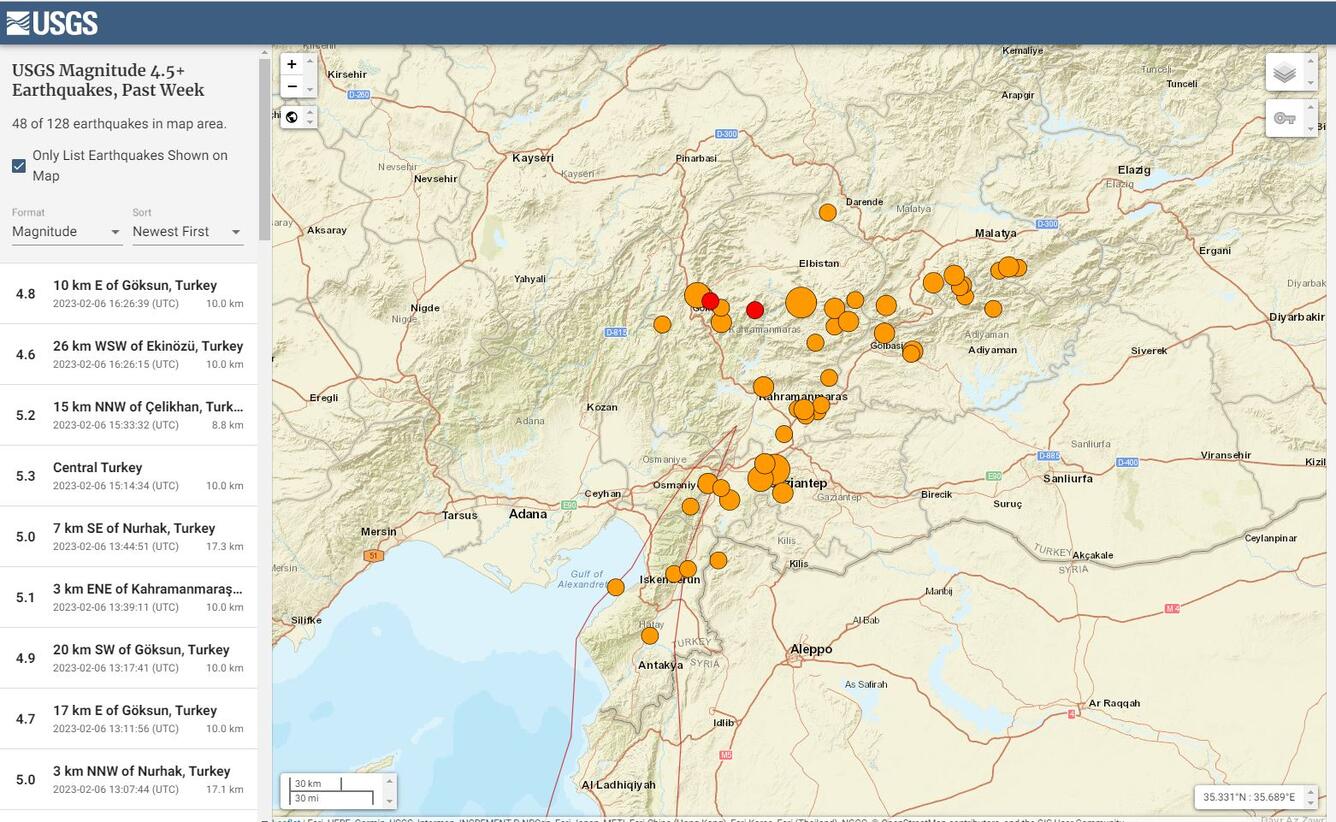
Where did the Turkey and Syria earthquake strike?
The epicentre of the first earthquake was near the Turkish city of Gaziantep, where millions of Syrian refugees live. Turkey hosts the largest number of refugees in the world, some 3.6 million Syrians, according to the UNHCR, which runs one of its most extensive operations from Gaziantep.
The second earthquake struck just hours later at 1.30pm local time, in central Turkey.
“While we were sleeping, the house started shaking. I immediately ran to my children; I did not know which one to carry. I could not reach the door, the distance was very far, and a minute of time was like years of helplessness and fear,” said a World Vision staff member in northern Syria, “and the fear continues with the aftershocks. Most of the people are on the streets in the snow and rain, with many destroyed buildings, many victims, and many still trapped under the rubble.”
What impact did the earthquake in Turkey and Syria have?
The earthquake comes on top of other trauma suffered in the region, including conflict in Syria and the recent cholera outbreak. This tragedy is made that much worse because it affects some of the world’s most vulnerable communities.
As of 8 February 2023, destruction is widespread, with hundreds of buildings reduced to rubble and hundreds still trapped inside. Several thousand people have been killed, and in freezing temperatures, the death toll is expected to rise.
“In the middle of a harsh winter, already incredibly vulnerable children and families have now been shaken to their core by this devastating earthquake, which is likely to affect thousands in northern Syria and southern Turkey,” said Johan Mooij, Response Director for World Vision’s Syria Crisis Response in Amman, Jordan. “We will do everything we can to help those who were affected.”
How can I help disaster survivors today?
You can help World Vision continue responding to disasters like this earthquake around the world.
Join us in praying for those affected by the earthquake in Turkey and Syria.
Please donate today to help people suffering from the Turkey and Syria earthquake.
World Vision has launched an appeal to support the immediate needs of those affected by the earthquake in Turkey and Syria. Our local teams are quickly pulling together to get help to those who need it most. Your donation today will help support children and families whose lives have been shattered.
How is World Vision responding to the Turkey and Syria earthquake?
World Vision is working rapidly to assess potential impacts to already-displaced children and communities in the wake of the 7.8 magnitude earthquake that struck in the early hours of Monday 6 February 2023, sending tremors across the region.
Our priority will include supporting affected people with access to clean water, sanitation, and hygiene, health, shelter, and protection. Our immediate response areas will cover Gaziantep and Sanliurfa in Turkey, as well as Azaz, Afrin, and Idlib in northern Syria. Our local teams will continue to look for the most effective ways to respond to the needs of people in Syria and Turkey.
We’re distributing fuel and heaters to shelters as cold and sub-zero temperatures are of immediate concern. Initial assessments from our partners showed a critical need for fuel to restore heating and electricity to medical facilities and emergency shelters.
World Vision has been working in the Middle East region for nearly 40 years. We’re dedicated to improving the lives of children, families, and the communities where they live through long-term sustainable development as well as responding to disasters — both natural and man-made.

